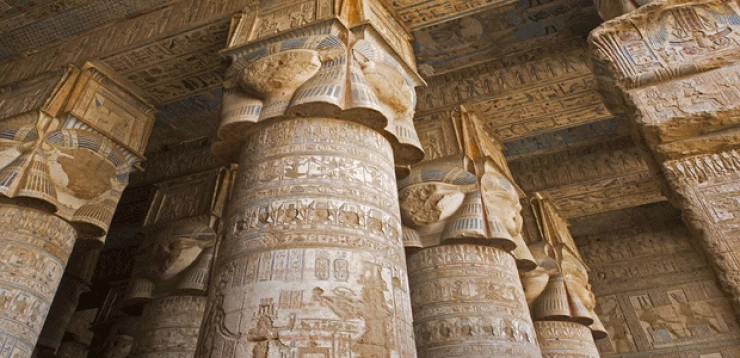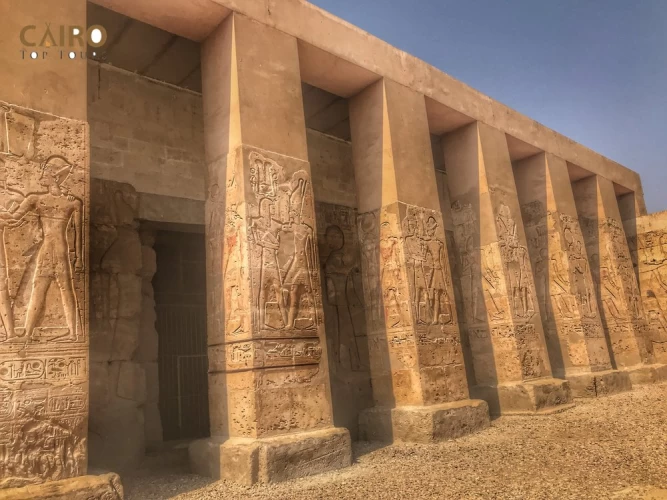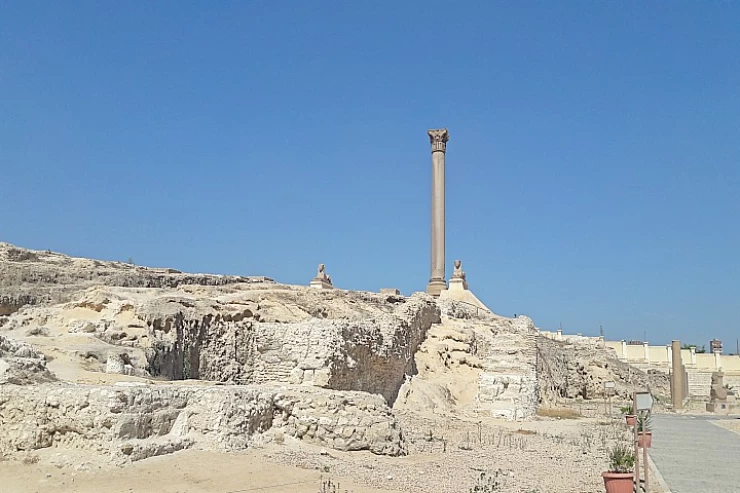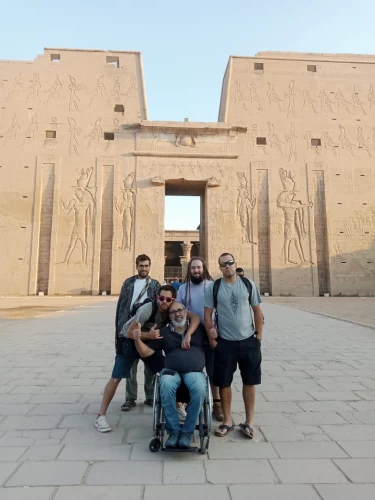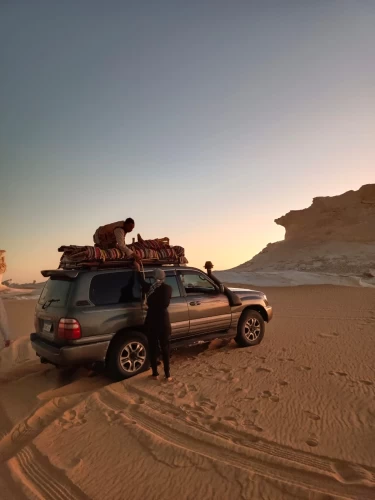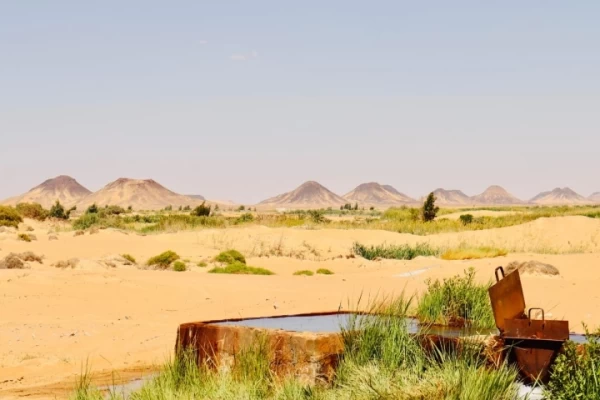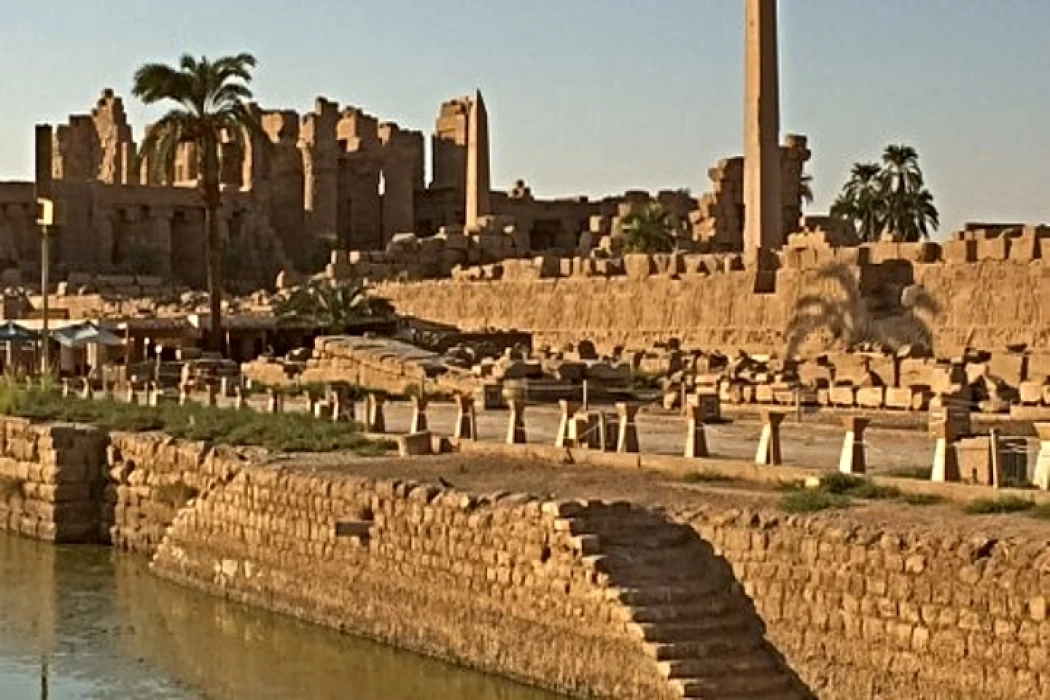
Qena Governorate Egypt | Qena Governorate History
History of Qena Governorate
Qena is one in each of the twenty-seven governorates of Egypt. The established history and heritage mark this governorate as all the cities settled within the river valley. Indeed, we will notice a great deal concerning its history within the remaining Ancient Egyptian monuments in Naqada and Dendera. These monuments ensure that Qena’s history extended as long back because of the history of civilization in Egypt.
Later, Muhammad Ali, WHO started ruling Egypt in 1805, divided the country into directorates. consequently, Girga “Upper Egypt” became one in each of these directorates. Also, this board had many cities, together with Mishta in the north and Qena and Esna in the south.
According to another demonstrative division in 1960, Qena became a governorate. And thus, it extended from the south of Sohag governorate to Esna town within the south. Finally, in 2009, Luxor split from it to make a replacement governorate.
Administrative Divisions of the Governorate
Qena governorate consists of the subsequent eleven body divisions of eleven central cities:
Abu Tesht.
El Waqf.
Dishna.
Also, Farshut.
New Qena.
Naga Hammadi.
Additionally, Naqada.
Quft (Gebtu or Coptos).
Qena.
Besides, Qus.
The top central cities (Markazes) have rural native units with subordinated villages.
Naqada city
Naqada could be a city on the geographical region of the river in Qena Governorate, Egypt, settled ca. twenty klick north of Luxor. It includes the villages of Tukh, Katara, Danfiq, and Zawayda. consistent with the 1960 census, it's one of the foremost abandoned areas and had solely three,000 inhabitants, principally of the Christian religion, WHO preserved parts of the Coptic language up till the Nineteen Thirties.
Qift Town
Qift, conjointly Triticum spelta Kuft, Greek Coptos, or Koptos, agricultural city, Qina muhafazah (governorate), territorial division. It lies on its east bank at the big bend of the river north of Luxor (al-Uqsur). well-known to the traditional Egyptians as Qebtu, the city was of AN early folk foundation. it absolutely was vital for the close gold and stone mines within the jap Desert to figure throughout the primary and second dynasties (c. 2925–c. 2650 BCE) and as a starting line for expeditions to Punt (in fashionable Somalia). Qebtu was related to the god Min (temple ruins remain) and therefore the deity Isis, who, consistent with legend, found a part of Osiris’ body there. Destroyed in 292 cerium by Diocletian, Qift later became a Christian community, loaning its name to the Coptic Christians of Egypt and Egypt via the Greek name Aegyptus. vital as a medieval caravan trade center, the city is understood principally for its ruins. The far-famed road to the Red Sea, via gully Hammamat that created the city vitally, starts simply to the east at the desert edge. Pop. (2006) 22,063.
Attractions in Qena Governorate
Temples of Dendera
The complicated Temple of Dendera is one of the best-preserved temple complexes in Egypt. The entire complicated covers some forty,000 sq. meters, and an enormous mud-brick boxed-in wall surrounds it. Dendera Temple is complicated and stands seven klicks from Qena, about 2.5 kilometers southeast of Dendera, Qena Governorate-Egypt. This space was used because of the sixth Nome of territorial division, south of Abydos.
Latest Articles
Admin
Seabourn Sojourn Cruise Stops in Safaga Port
The Seabourn Sojourn, the flagship vessel of Seabourn Cruise Line's ultra-luxury fleet, was built in 2008 at the T. Mariotti shipyard in Genoa, Italy. Measuring 198 metres, it can accommodate up to 450 guests in its 225 spacious all-suite staterooms.
Admin
Norwegian Sky Cruise Stops in Safaga Port
Norwegian Cruise Line operates a cruise ship called the Norwegian Sky. It was constructed in 1999 and can accommodate 2,004 passengers in addition to 878 crew members. The ship has several dining establishments, lounges and bars, a spa and fitness center, swimming pools, and a number of entertainment areas.
Admin
Explora II Cruise Stops in Safaga Port
Explora II, the second vessel in the Explora Journeys fleet, sets sail in 2024 to redefine luxury cruising. With 461 ocean-front suites, 9 culinary experiences, and 4 pools, this haven of sophistication and sustainability promises an unforgettable "Ocean State of Mind" journey to inspiring destinations.
Admin
Mein Schiff 6 Cruise Stops in Safaga Port
The Mein Schiff 6 is the latest cruise ship in the renowned TUI Cruises fleet, offering passengers a luxurious and sophisticated cruise experience. At 315 metres long, this floating resort features a range of dining options, entertainment, and recreational facilities, including a spa, fitness centre, and sports amenities.
Admin
Mein Schiff 4 Cruise Stops in Safaga Port
When the Mein Schiff 4 cruise ship docks in Safaga, Egypt, passengers are granted access to a realm of ancient wonders. Aboard this state-of-the-art vessel, guests can embark on meticulously curated shore excursions that showcase the region's most iconic landmarks, including the Giza Pyramids, the enigmatic Sphinx, and the remarkable tombs and temples of the Valley of the Kings in Luxor.
Admin
MS Europa Cruise Stops in Safaga Port
The Silver Moon, Silversea's latest flagship, is a luxury cruise ship that offers an exceptional travel experience for Venezuelans exploring Egypt. With a capacity of 596 guests and an impressive 40,700 gross tonnes, the Silver Moon maintains the small-ship intimacy and spacious all-suite accommodations that are the hallmarks of the Silversea brand.






